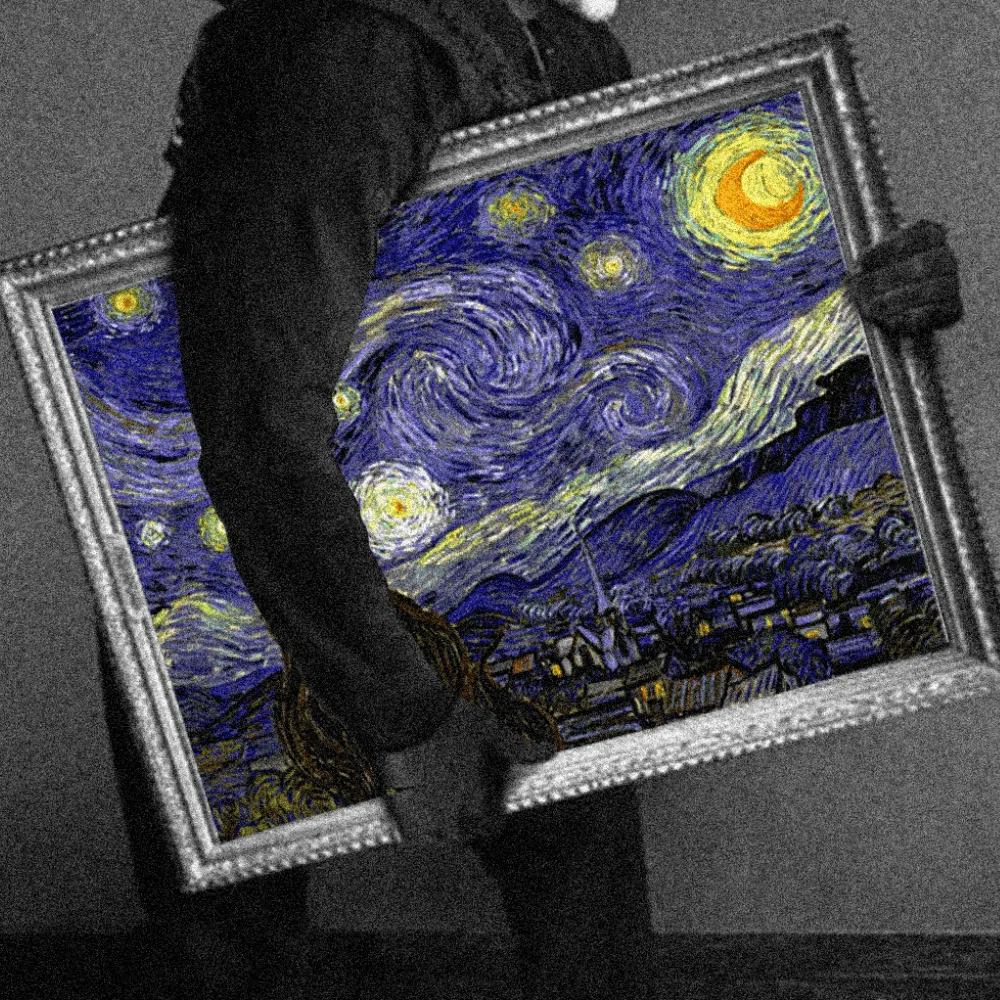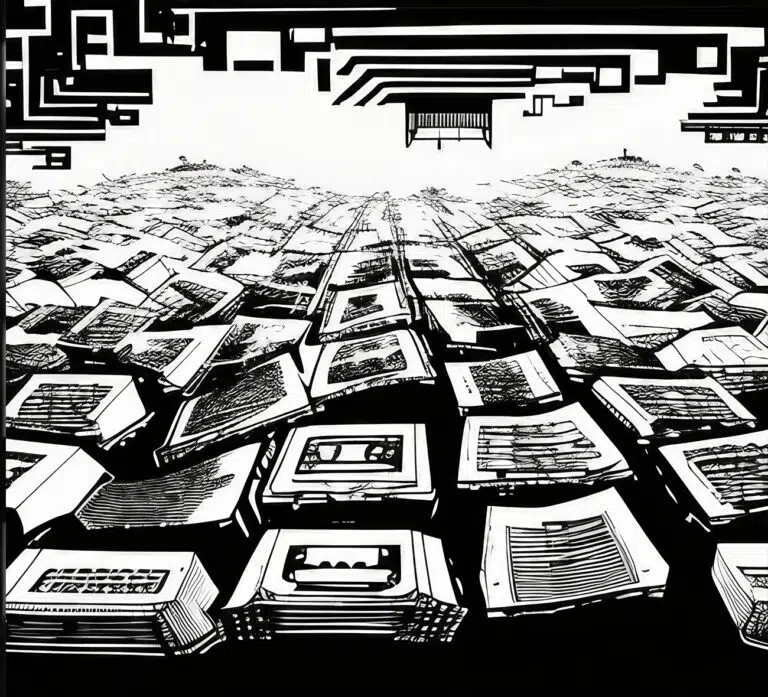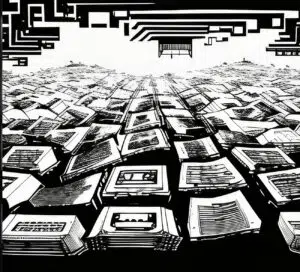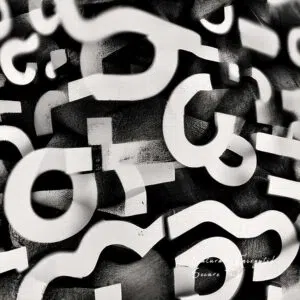
Welcome to the dark side of the art world. Forgeries have plagued this industry for ages and still do so today. Ever heard of the Knoedler Gallery? No? Okay, we’ll tell you a short story.
Once upon a time, a man named Pei-Shen Qian lived in Queens, New York. Back in China, he was a respected professor and a classically trained artist. But life was tough when he moved to New York. Qian was painting on the street corners of Manhattan, trying to make ends meet. One day, a guy named Jose Carlos approached him and asked if he could replicate Jackson Pollock. You see, our Chinese guy is exceptionally talented, and guess what? He can. That was in the 80s. Qian also replicated Mark Rothko, and Robert Motherwell, among others, over the years.
Jose Carlos was an art dealer who, together with his brother and brother’s girlfriend, operated a forgery ring called Knoedler & Co. Up until 2008, they sold over two dozen replicated art to unsuspecting buyers and raked in $80.7 million in total.
Damn. Imagine spending millions of dollars on fake artwork! Just when you thought you were holding a one-of-a-kind original piece from Willem de Kooning, you’re suddenly struck with the reality that your millions are now worth zero.
Knoedler & Co. is not the only forger in this world. There are thousands of them out there (maybe even millions), and fine art isn’t the only thing swindlers try to replicate. There are forged antiques, fake designer bags, and even collectibles like baseball cards.
Proving authenticity and provenance is so important, yet the world still hasn’t been able to do this properly. Why is that? Why are buyers still being duped by con artists? And why are there valuable pieces wrongly declared worthless by a bunch of men and women called connoisseurs?
Authentication Methods Are Outdated (And Never Fully Worked)
Art forgeries have been going on since the beginning of time, and yet, our authentication methods have remained unchanged. It’s a tricky business, really. Collectors and dealers rely on experts to authenticate artworks.
Before technology advanced, connoisseurs (people who are supposedly very knowledgeable about works of art) authenticated paintings. They lay their eyes on a piece of art and sense the presence of the artist’s hands. Obviously, this is completely subjective — it may work, around 50–50 at best. It’s prone to human error and, of course, another natural human tendency — corruption. We’re not here to shit on connoisseurs; we’re just saying they’re humans. Peace ✌.
Then, of course, technology progressed. Paintings can now be verified through various scientific techniques like radiocarbon dating, X-rays, and things like that. This process is extremely expensive. One of the leading lab for this is in Switzerland called the Fine Arts Expert Institute (FAEI). FAEI charges up to $19,000 to verify paintings, and other works require even more extensive tests.
It was a shock when one of the world’s leading auction houses, Sotheby’s, sold a forged $11.75 million Frans Hals painting to an American collector. This happened in 2011. Again, not only fine arts are forged. Just two weeks ago, Ray Allen of the Boston Celtics posted a picture of his autographed jerseys auctioned online, saying they’re fakes.
Value is built upon several overlapping factors, and without question, provenance is one of the most important.
Can We Harness the Power of Blockchain Technology?
In the past, the registration, resale, and transfer of ownership of artworks was a manual, paper-based process. It was cumbersome, prone to human error, and costly. Blockchain is a set of technologies that form a public ledger in a chain formation, each link containing data about the previous link. This makes any tampering attempt immediately evident since the ledger should be exactly the same across the whole network. Comparing timestamps and hash values can indicate a record is valid. This is key in proving provenance, which up until now has often been susceptible to forgery.
World-famous auction houses like Sotheby’s and Christie’s adopted blockchain just three years after the launch of Ethereum. It’s quite remarkable, actually, as these auction houses are known for their serious conservatism.
In the fall of 2018, a major collection’s live auction was recorded entirely using blockchain technology at Christie’s New York. The live auction was for the highly coveted Barney A. Ebsworth collection of over 85 artworks, each of which included a secure, encrypted certification of sale, providing an immutable record that cannot be altered by any party.
Final Thoughts
Blockchain technology has the power to decrease forgery cases through immutable provenance. But to fully reach a world where art fraud becomes a thing of the past, decentralized identity plays a huge role. With a decentralized identity, all parties involved in the sale of an art piece can have confidence in the authenticity of a work in a quick, secure, private, and cost-effective way.






